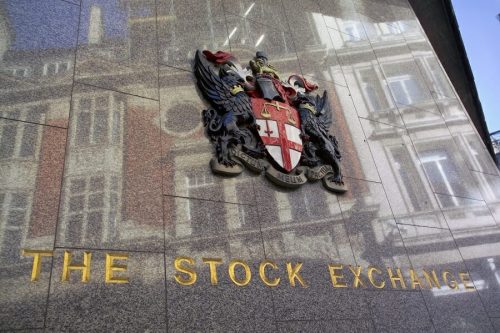Gimmicky British ISA tops reform to personal finances

The main attempts to ease the pressure on household budgets came from the cut to National Insurance which Jeremy Hunt claimed would be worth £900 a year on top of the last cut announced in the Autumn statement.
Top of the Chancellor’s measures to ease personal finances was the cut to National Insurance from by 2p in the pound for employees and the self-employed.
But changes to the threshold of when child benefits can be paid to households changed, rising to £60,000, a recognition of the fiscal drag into different thresholds that he otherwise ignored.
The reform of the High Income Child Benefit Charge to be assessed on a household-basis by April 2026, and immediate support for working families by increasing the threshold to £60,000 and halving the rate at which Child Benefit is repaid – claiming this represents a £1,260 boost on average for around half a million working families.
As part of a wider reform of personal savings Hunt also said he would trial a new £5,000 top up the ISA tax allowance as part of a new “British ISA” tax allowance for individual savers to invest £20,000 a year in UK-listed companies without paying tax on interest or returns.
The new ISA, which will be introduced after a consultation into the implementation, will allow investors to put an extra £5,000 into UK equities.
Hunt said: “Following calls from over 200 representatives of the city and our high growth sectors, I will reform the ISA system to encourage more people to invest in UK assets.”
This was done he said in order to “ensure that British savers can benefit from the growth of the most promising UK businesses as well as supporting them with the capital to help them expand.”
He also said he would simplify the rules around opening multiple ISAs in a single tax year.
On that Jason Hollands, Managing Director of Bestinvest, the online investment service owned by wealth manager Evelyn Partners, said : “An increase in the core ISA allowance, which has been frozen at £20,000 since 2017/18, would have been far more preferable than yet another type of ISA with a restricted range of investments.
As for the new ‘British ISA’ restricted solely to UK equities will be launched, with an annual allowance of £5,000, Hollands said he was dubious about it’s likely impact: “The ‘British ISA’ is a undoubtedly a victory for the City stockbrokers and bankers who have lobbied hard for it amid a drought in IPO and deal fees and a worrying sapping of companies listed in London to New York.
“However, I am doubtful it will drive anything like the increased flows into UK equities being talked about. Proponents claim it might drive £200 billion extra cash into UK equities over five years, but it is hard to reconcile such a figure with the fact that the existing, larger ISA £20k allowance attracted a lesser amount into Stocks & Shares over the last five years according to data disclosed by HMRC. A relatively modest number of people fully utilise their existing £20k allowance and a logical step for those who will be in a position to do so and also make use of the ‘British ISA’ will be to commit less to UK equities in their main allowance to compensate.”
Russ Mould, investment director at AJ Bell also poured cold water on the idea as nothing more than a gimmick: “In reality, people can already invest as much as they like in UK shares via a stocks and shares ISA, so any benefit for UK companies is likely to be relatively marginal. Even if every single stocks and shares ISA holder using their maximum allowance went out and bought £5,000 of UK shares, that amounts to just 0.2% of the UK market’s aggregate value. In reality, most will just re-allocate money in their main ISA anyway in order to keep their overall UK exposure roughly the same.”
Tom Minnikin, partner at Manchester tax firm Forbes Dawson, said of the British ISA: “There are other ways in which the ISA system could be improved. For example, at present it can be difficult to switch between stocks and shares ISAs and cash ISAs. A more flexible ISA that allowed savers to move their investments in and out of the two products seamlessly would be a better solution all round.”
Also in there was the continued cuts to fuel duty, which Louise Thomas, motor expert at Confused.com car insurance said would save drivers around £50 next year and bring total savings to around £250.
“The fuel duty cut will not only help level out high fuel prices, but it will also help with the impact of other motoring costs. Drivers are paying out thousands of pounds in the face of high insurance and MOT bills. So this is one step in the right direction to help driving becoming more affordable.”
As a result of pressure on acute cost of living challenges Hunt said he would scrap a £90 fee to obtain a debt relief order and extend by six months a government fund for people who are struggling with cost of living pressures.








